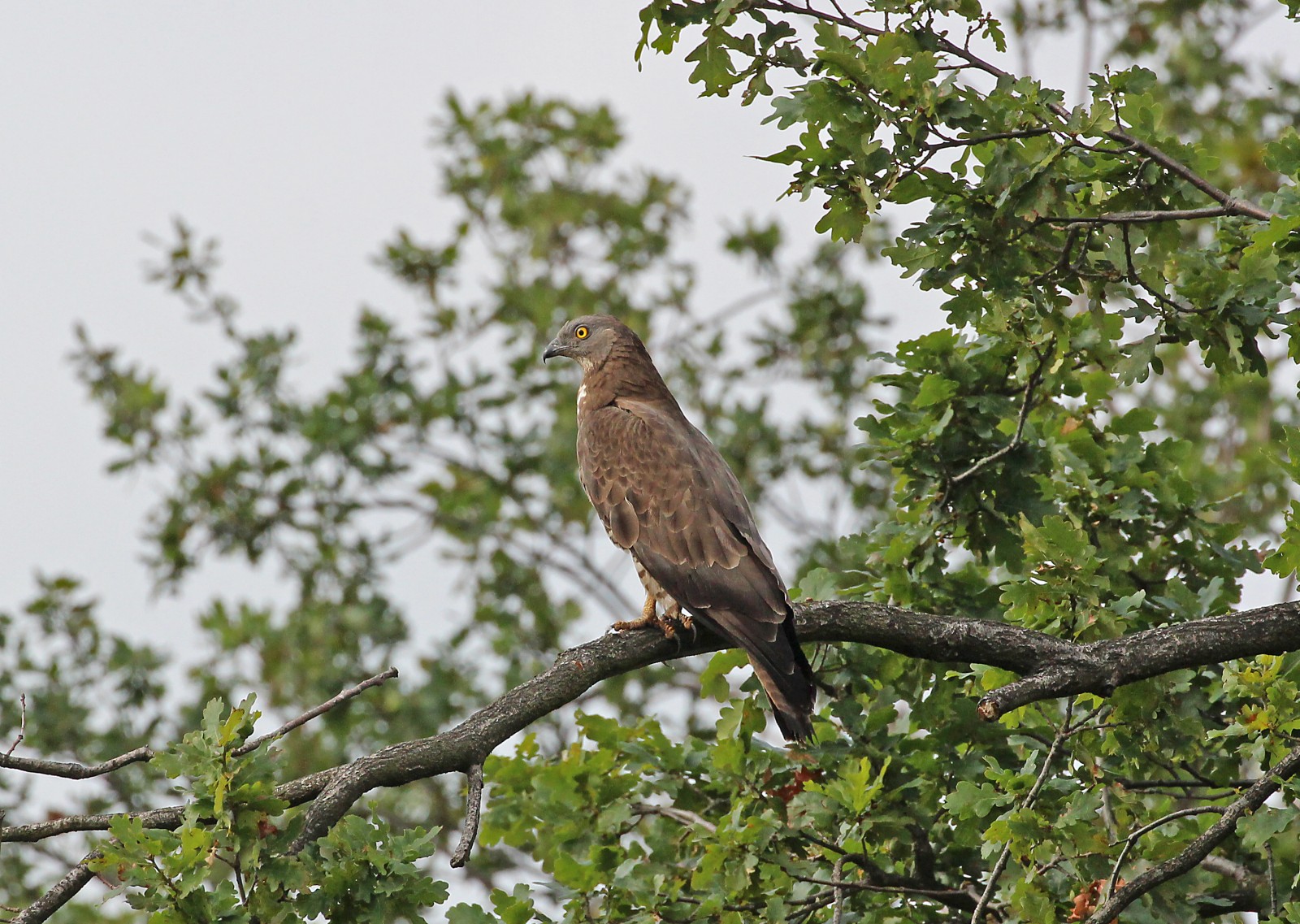Charger images
Les formats d'image autorisés sont de type jpeg, png ou gif
La taille maximale du fichier doit être de 20MB


The Mastenbos is a forest with some open areas with heather. The birding community is a mixture of some heather en mostly forest species.
The forest is a nice places for some species, although they occur more widely in the region. Thanks to a lot of nest boxes Gobemouche noir is a very common breeding bird and on the open heather Engoulevent d'Europe is present in spring and summer. Along the canal Martin-pêcheur d'Europe is present, but this canal can become dry in very dry periods.
Concerning breeding forest species the more relevant are Pic noir, Pic mar, Autour des palombes, Gobemouche noir, Bécasse des bois, Bec-croisé des sapins (in invasion years), ... in the more open areas Engoulevent d'Europe is present but also some pairs of Alouette lulu, Pipit des arbres, etc...
Thanks to the vicinity of bigger heathlands like the Kalmthoutse heide and due to the connection with other bigger forest tracts, most species of the neighbouring areas can be found in this area although for the heather species definitly in smaller numbers.
_________________________
Nederlands: Het Mastenbos is een bos met enkele open plekken met heide. De vogels zijn een mix van heide- en vooral bossoorten. Dankzij veel nestkasten is Gobemouche noir een veel voorkomende broedvogel. Op de open heide is de Engoulevent d'Europe in het voorjaar en de zomer aanwezig. Langs het kanaal is de Martin-pêcheur d'Europe vaak aanwezig, maar dit kanaal kan in zeer droge periodes droog komen te staan. Bosvogels die in het gebied broeden zijn Pic noir, Pic mar, Autour des palombes, Gobemouche noir, Bécasse des bois, Bec-croisé des sapins (in invasie jaar). In de meer open gebieden is de Engoulevent d'Europe aanwezig maar ook enkele paren Alouette lulu, Pipit des arbres, etc.
Door de nabijheid van grotere heidevelden zoals de Kalmthoutse heide en door de verbinding met andere grotere bosgebieden, zijn de meeste soorten van de aangrenzende gebieden in dit gebied te vinden, zij het voor de heidesoorten zeker in kleinere aantallen.
You can park at the entrance of the forest. The forest itself can be explored by foot and by bike, but by foot is by far the best way. The walk that is shown on the map is about 5 km.
_________________________
Nederlands: Je kunt parkeren bij de ingang van het bos. Het bos zelf kan te voet en per fiets worden verkend, maar te voet is verreweg de beste manier. De wandeling die op de kaart staat is ongeveer 5 km.
Votre feedback sera transmis à l’auteur.rice de cette zone et à l’équipe éditoriale de Birdingplaces, qui l’utiliseront pour améliorer la qualité des informations. (Vous souhaitez publier un commentaire visible en bas de page ? Fermez cette fenêtre et choisissez l’Option 1 : « Publier un commentaire, un conseil ou une observation ».)
Veuillez fournir des suggestions d'améliorations ou d'ajouts au texte de ce site ornithologique.
Veuillez fournir vos suggestions d'améliorations ou d'ajouts à la carte.
Veuillez fournir des suggestions d'améliorations ou d'ajouts à la liste des oiseaux.
Cliquez sur l'icône de l'oiseau () Insérez les noms d'oiseau dans votre langue. Ils seront automatiquement traduits pour les autres usagers !